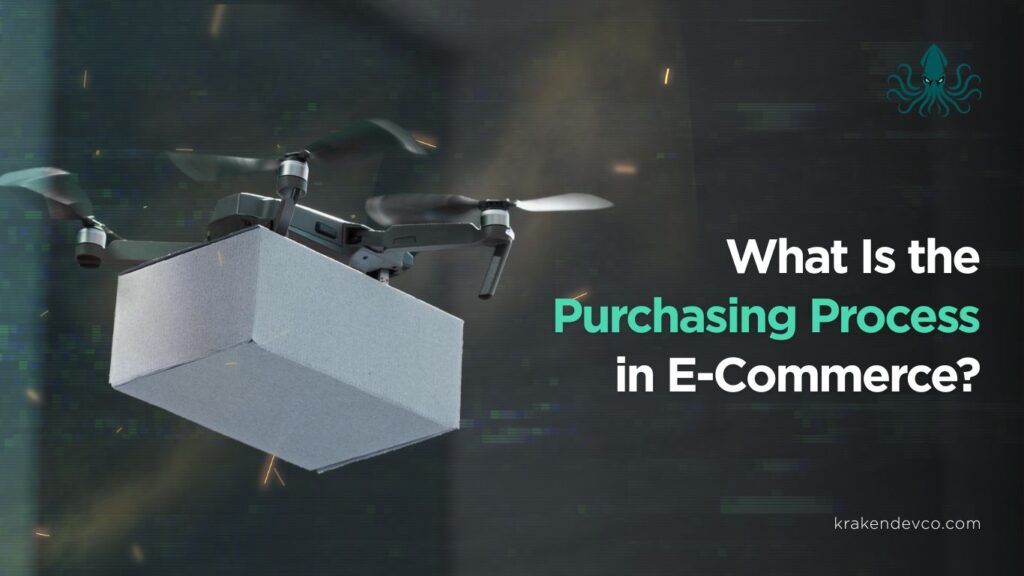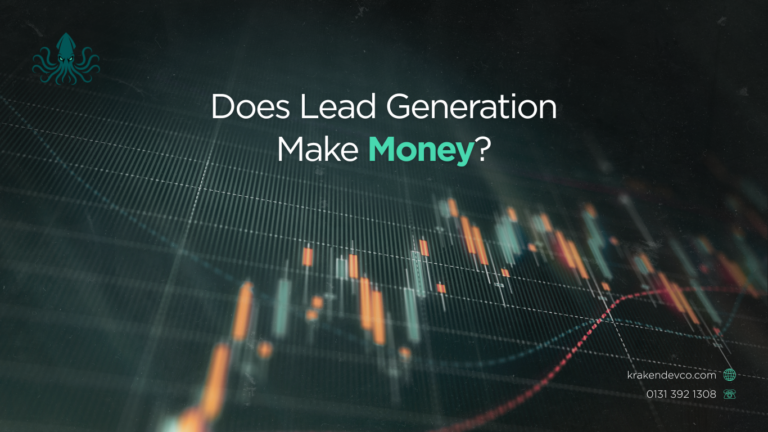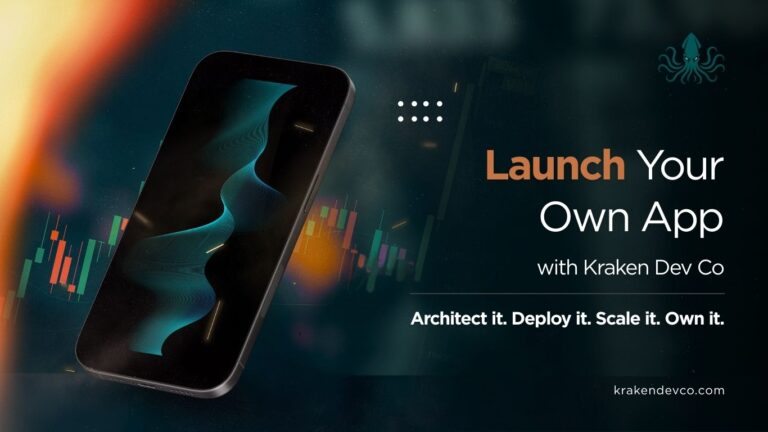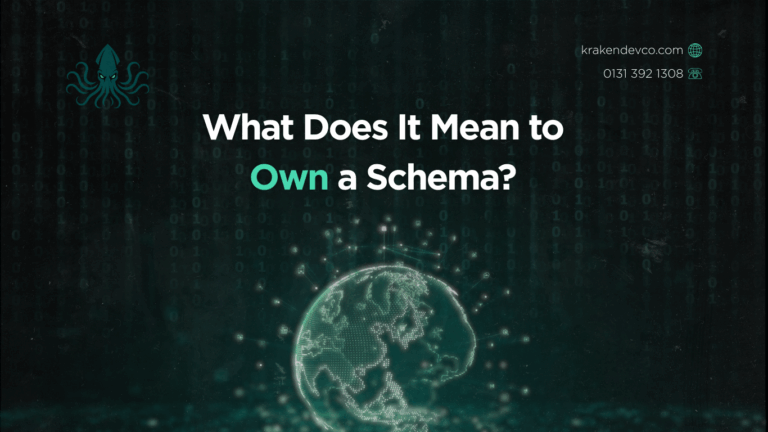
We don’t guess. We systemise conversions.
The purchasing process in e-commerce isn’t linear—it’s an engineered flow designed to guide users from awareness to action and beyond. At Kraken Dev Co, we build eCommerce infrastructure that not only drives online sales, but owns each phase of the journey with intent.
Whether you’re running an online store on Shopify Magic, Adobe Commerce, or Salesforce Commerce Cloud, understanding the end-to-end mechanics of online selling is non-negotiable. Below is our detailed framework to operationalise and optimise every stage.
Trigger & Awareness: The Digital Spark
Every transaction begins with a problem. Before the customer hits your eCommerce website, a pain point triggers the journey.
Control the narrative early:
- Create entity-based content around symptoms, not solutions (e.g., “iPhone not charging”).
- Push automated emails and blog content through social media marketing and email marketing platforms.
- Structure product listings with schema to dominate knowledge panels.
Stack Tips:
- Use AI tools for search-intent clustering.
- Monitor mobile sales behaviours to adapt UX triggers in real-time.
Search & Consideration: Be the Signal, Not the Noise
Once intent builds, users hit search engines. If your online store isn’t semantically relevant, you won’t even show up.
Entity-based discoverability is the core of modern SEO:
- Align with Google’s Knowledge Graph using structured data.
- Create internal link clusters tied to product catalog topics.
- Use JSON-LD for product descriptions, FAQs, and reviews.
Platforms like Shopify, WooCommerce, or proprietary ecommerce platforms must support advanced schema and CMS integration.
Evaluation: Remove Doubt or Lose the Sale
Customers compare fast. If your product descriptions are vague, shipping rates hidden, or customer service unresponsive—bounce rates spike.
Prove your edge:
- Include structured pricing tables and transaction fees transparency.
- Build out case studies with verified results.
- Highlight secure payment methods and trust signals (SSL certificate, real-time stock, shipping costs).
Support stack should include:
- POS systems integration
- Automated inventory management
- Multi-channel customer support (instant messaging, chatbots, live agents)
Decision & Checkout: Erase Friction, Lock In Revenue
This is where too many ecommerce businesses fail—at the finish line.
Bulletproof your checkout process:
- Support digital wallets, online banking, and alternative payment gateways (Apple Pay, Klarna, Stripe).
- Offer flexible payment options for both B2C and B2B (e.g., net terms, procurement approvals).
- Enable cart persistence and abandoned cart recovery via automated emails.
Don’t forget:
- Real-time label generation for logistics.
- Localised tax rates and shipping cost display.
- Mobile-first design. No exceptions.
Fulfilment & Post-Purchase: Delivery Is the First Retention
Conversion isn’t the goal. Repeat purchase is.
Operational must-haves:
- Full e-commerce logistics visibility across your fulfilment network.
- Automated notifications with tracking and dispatch confirmations.
- Integration with group buying features or conversational commerce via instant messaging.
Systems like Shopify, Adobe Commerce, and Salesforce Commerce Cloud should be leveraged with plugins or native tools to ensure streamlined logistics management.
Feedback & Retention: Make Them Stay
Your next sale often comes from your last one.
Retention stack checklist:
- Automated review collection backed by schema.
- NPS surveys tied to email marketing segmentation.
- Support teams scheduled for proactive outreach.
Add real-time analytics dashboards to monitor user retention, product return rates, and upsell opportunities.
Advocacy & Entity Reinforcement
Every mention of your brand—on forums, reviews, podcasts, or social—builds entity strength in the Knowledge Graph.
Accelerate brand equity:
- Encourage customer-created content through UGC campaigns.
- Incentivise referrals with structured program logic.
- Reinforce branded entity links across content clusters.
Remember: branded mentions influence your semantic footprint. The stronger the signal, the more discoverable your ecommerce business becomes.
Optimising the Backbone — Infrastructure and Content Management
Behind every seamless user experience is a robust backend.
Tech stack essentials:
- Content management system (CMS) with structured data capabilities.
- Website builders that support app marketplace integrations.
- Secure online store builder with Internet security baked in.
Use integrations from the App Market to scale personalisation, automate email flows, or implement dynamic product listings.
Payment Systems That Build Trust, Not Confusion
Payments aren’t just transactional—they’re psychological.
Minimise drop-off with clarity and flexibility:
- Offer multiple payment methods: credit cards, electronic money, digital wallets, PayPal, and more.
- Highlight low or zero transaction fees early in the flow.
- Work with a trusted payment provider with global coverage and PCI compliance.
If your checkout doesn’t feel safe, customers will abandon even the best-priced offer.
eCommerce Differences: B2C vs B2B Purchasing
| Feature | B2C | B2B |
| Buyer Type | Individual | Procurement team, department head |
| Decision Speed | Fast, often impulsive | Slower, multi-stage approval |
| Payment Process | Immediate (cards, wallets) | Net 30/60, POs, integrated payment gateway |
| Product Content | Reviews, videos, social proof | Spec sheets, case studies, pricing breakdowns |
| Support Expectations | Chatbots, FAQs, email support | Dedicated account managers, SLAs, live support |
Tools That Power Scalable eCommerce Growth
To run an ecommerce operation at scale, you need systems:
- ERP for supply chain visibility.
- CRM for behavioural segmentation and trigger-based automation.
- AI tools for smart pricing, product recommendations, and forecasting.
- Inventory management software with stock threshold alerts.
- Advanced analytics for channel performance and conversion attribution.
Kraken Dev Co builds systems that integrate all of these natively—or through API architecture.
Special Events & High-Traffic Days: Black Friday & More
Don’t let traffic spikes break your store.
Pre-event system hardening:
- Scale infrastructure in advance.
- Tune POS systems and payment processing speed.
- Run load tests across high-traffic landing pages.
Use email marketing and push notifications to drive urgency and convert during limited windows.
The SEO Engine Behind Every Sale: Entity-Driven Search
We don’t play keyword games. We build semantically rich digital ecosystems.
Entity SEO strategies:
- Build topic clusters around your brand and product verticals.
- Use schema everywhere: product, review, person, event, how-to, FAQ.
- Strengthen internal linking to increase semantic proximity.
- Leverage Wikidata and structured citations to enter the Knowledge Graph.
Bonus Tip: Monitor performance with Google’s Entity Search API and adjust content strategy around missing entities.
Final Word — E-Commerce Is Infrastructure
If your purchasing process is still a funnel, you’re running behind. Modern eCommerce runs on loops: interest, research, decision, experience, retention.
At Kraken Dev Co, we don’t build web stores. We build full-stack, entity-aligned ecommerce ecosystems.
Want to sell more with less friction? Let’s build the system.
👉 Get a Kraken eCommerce Stack Audit



